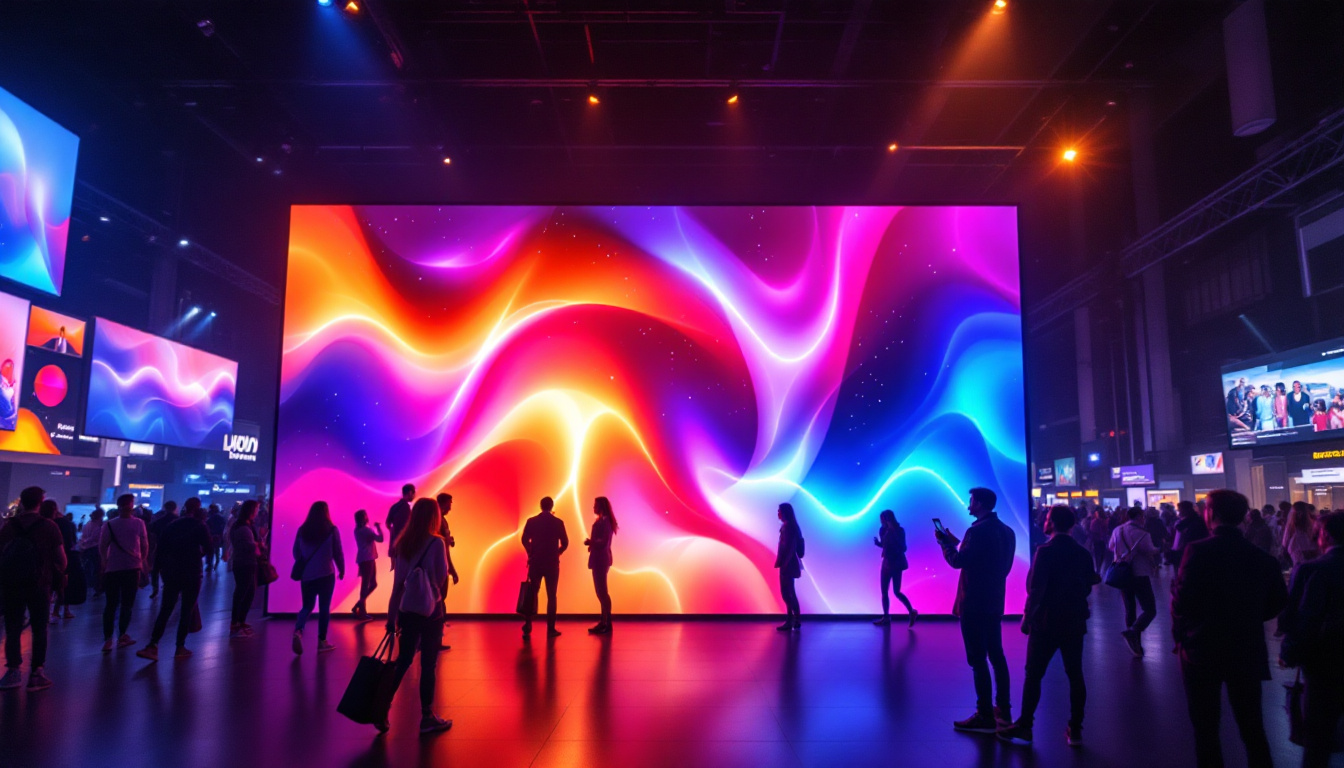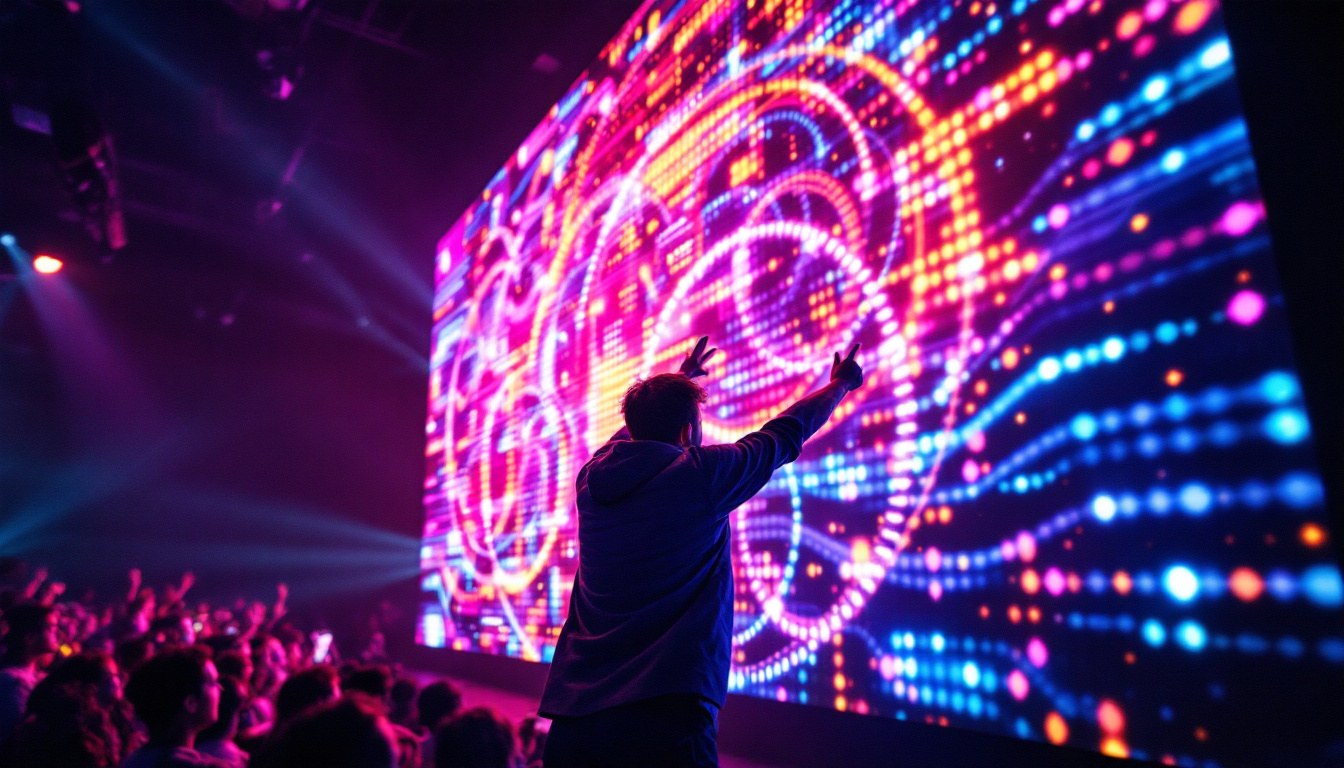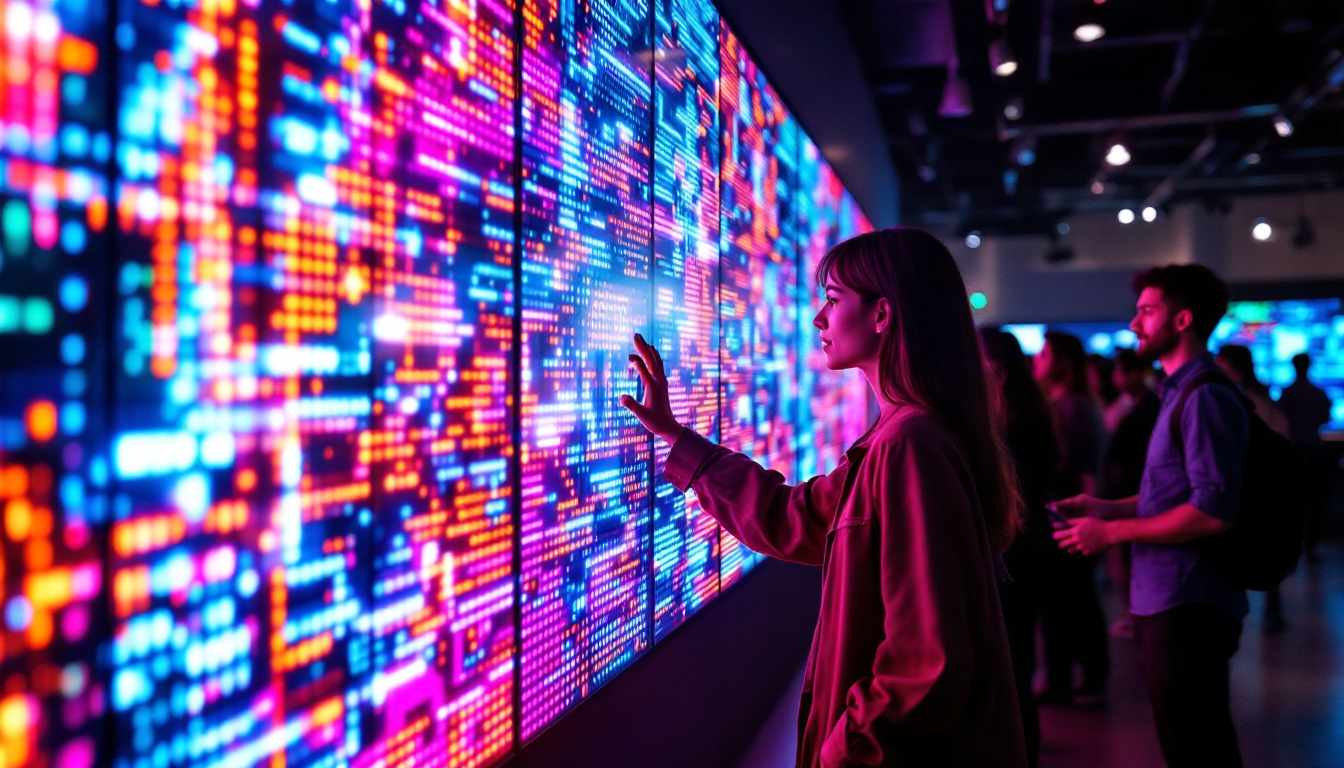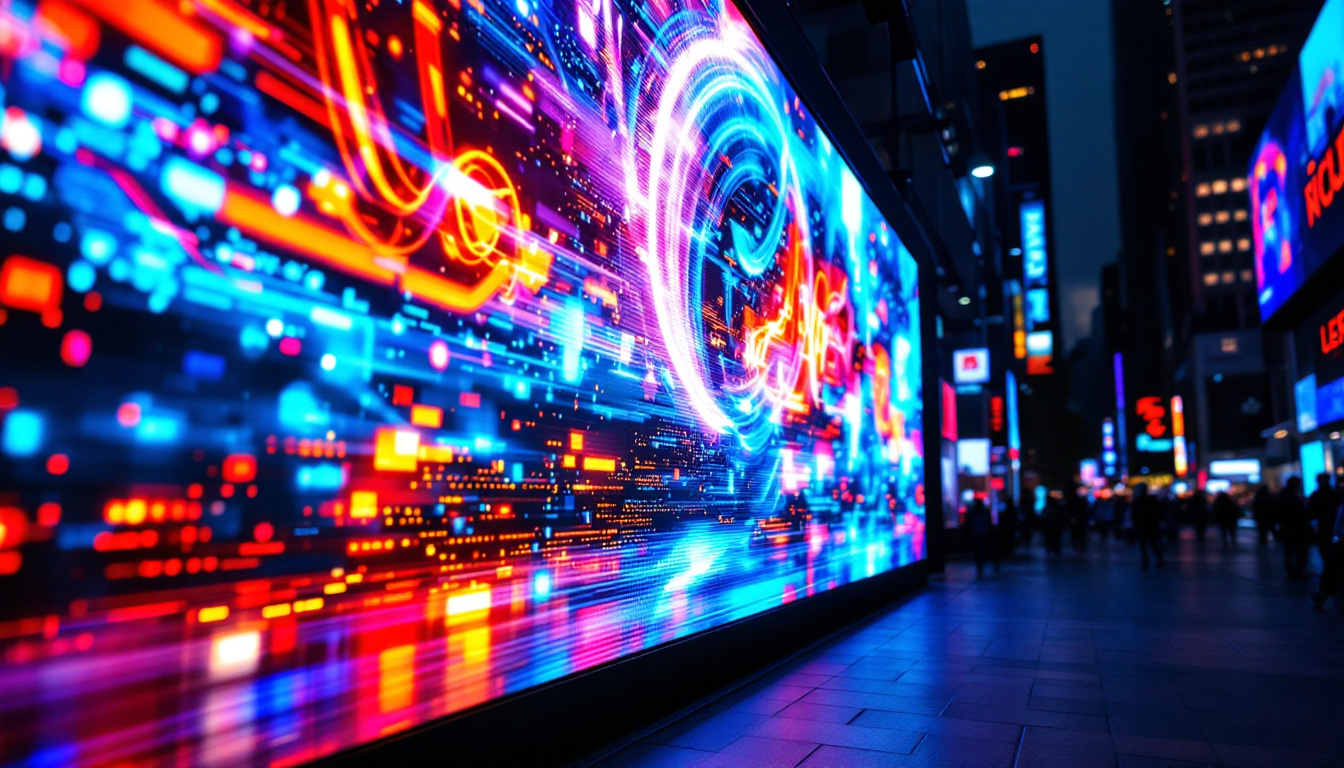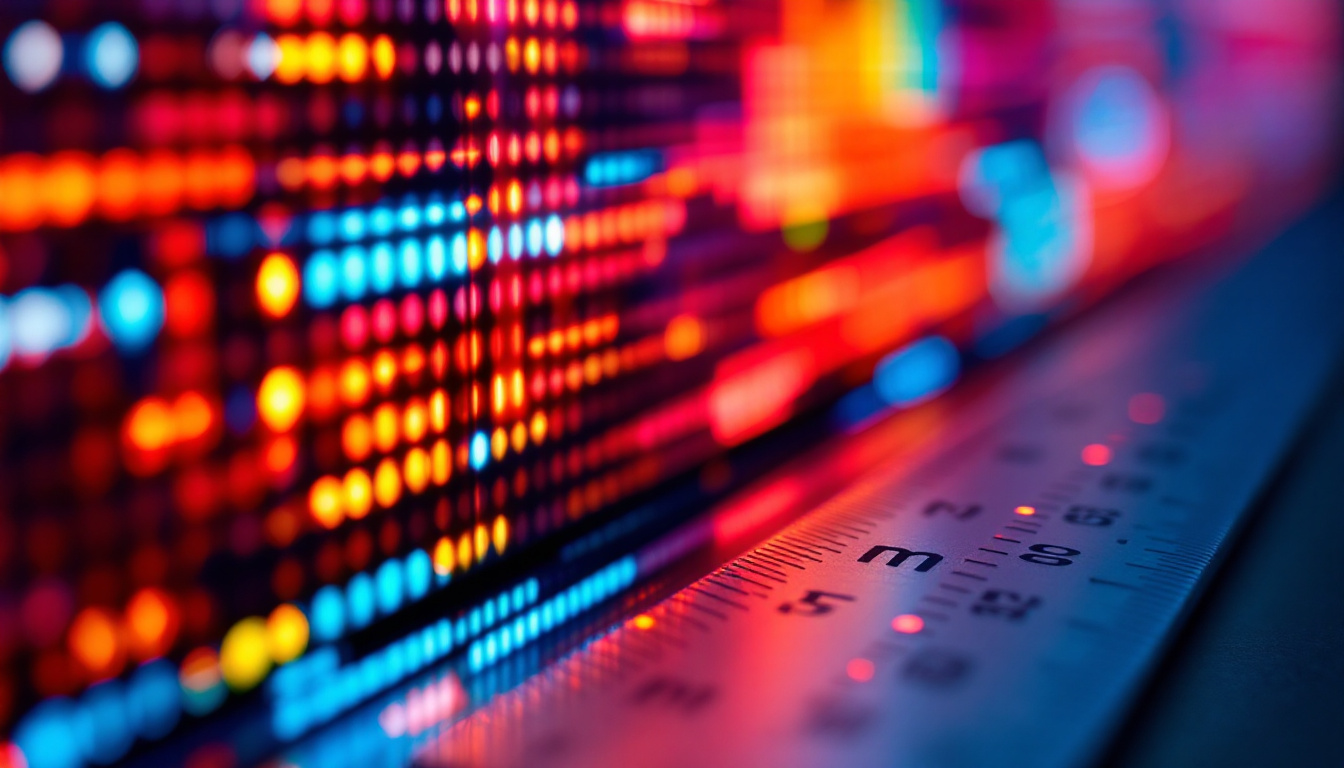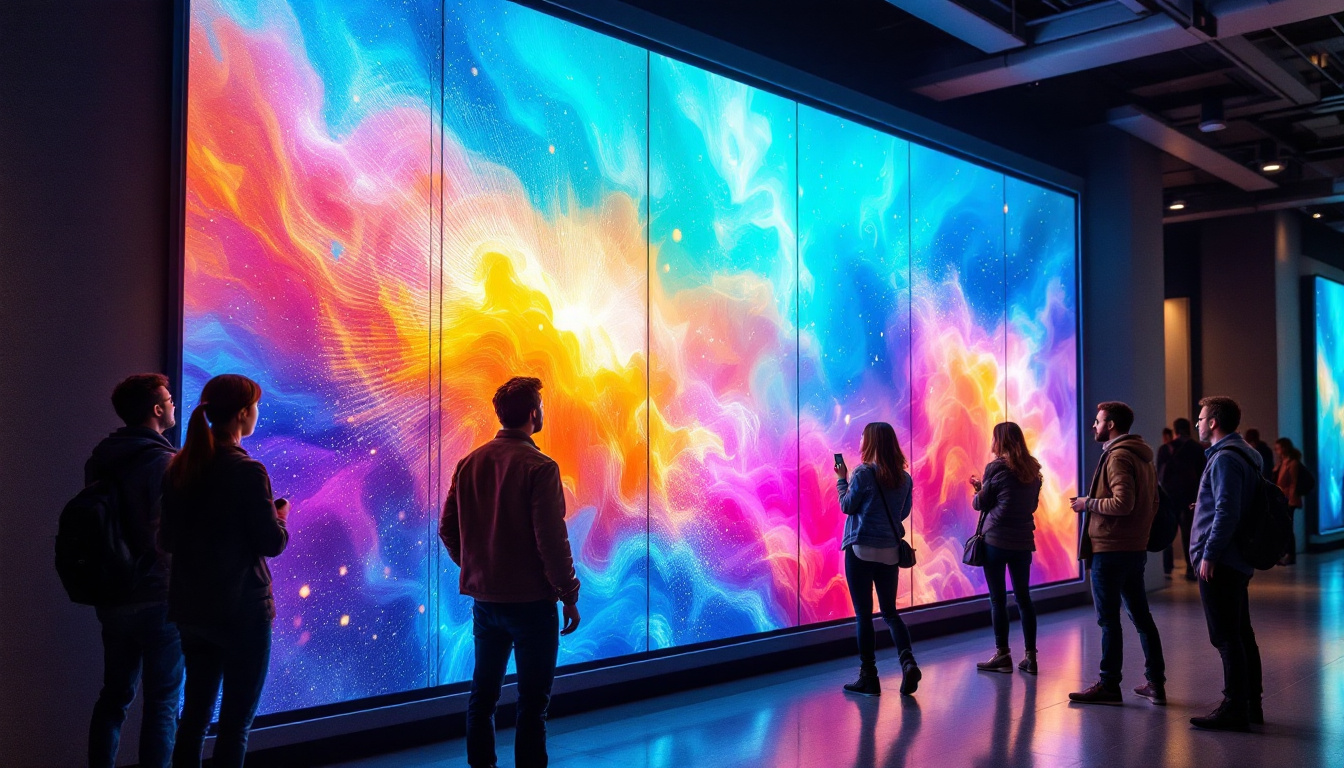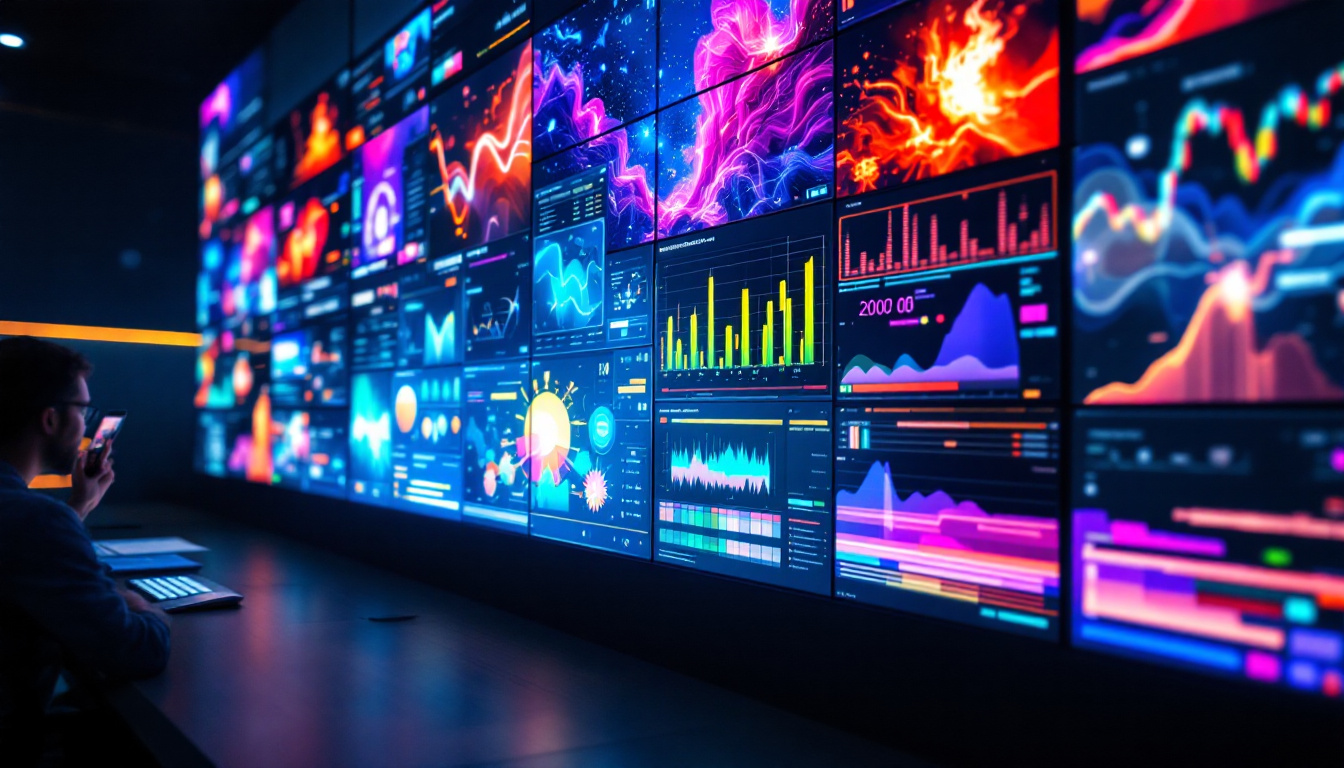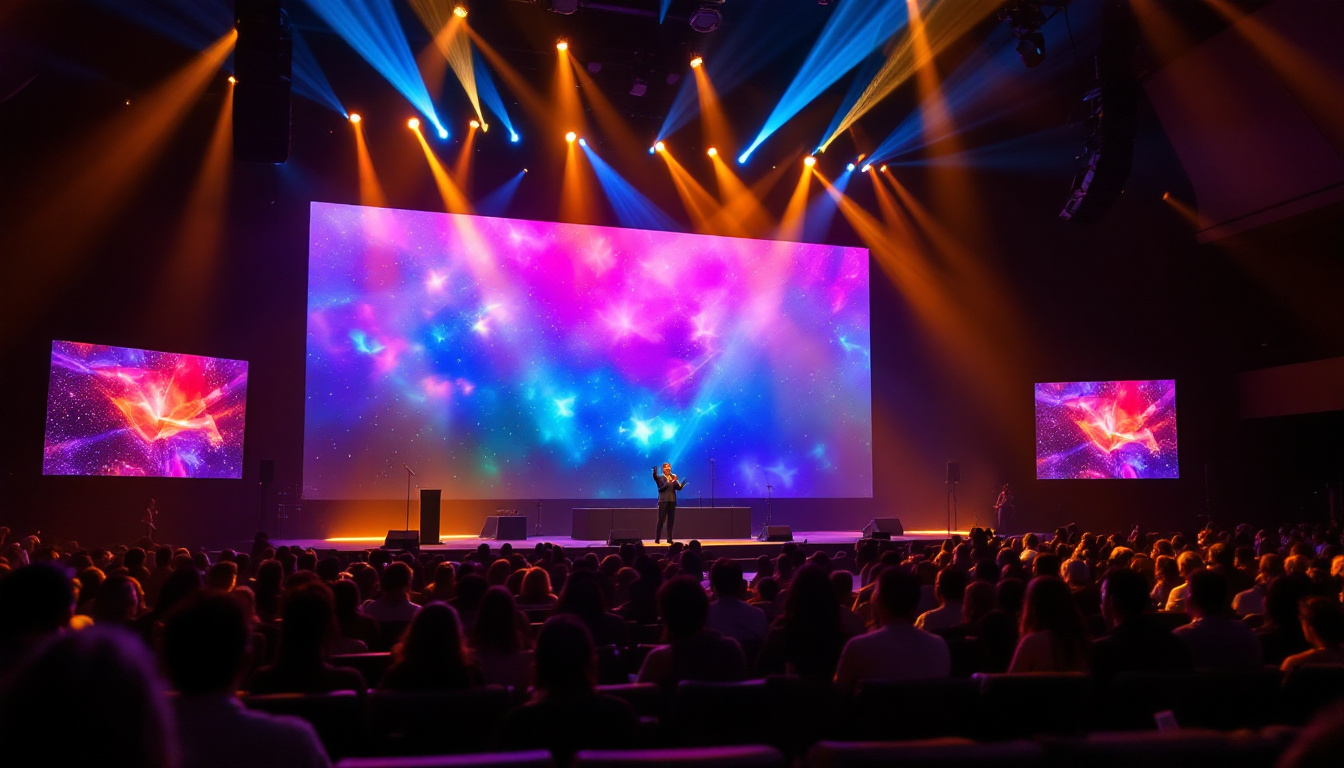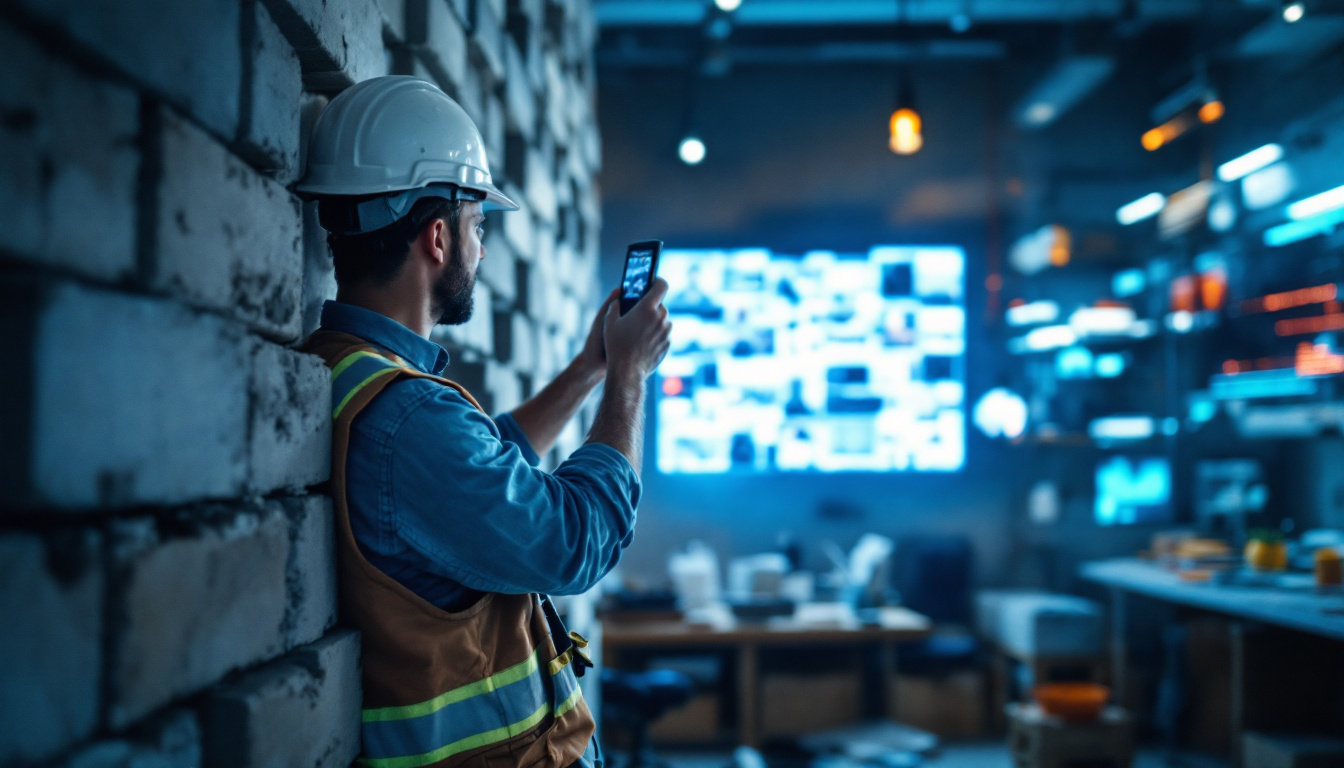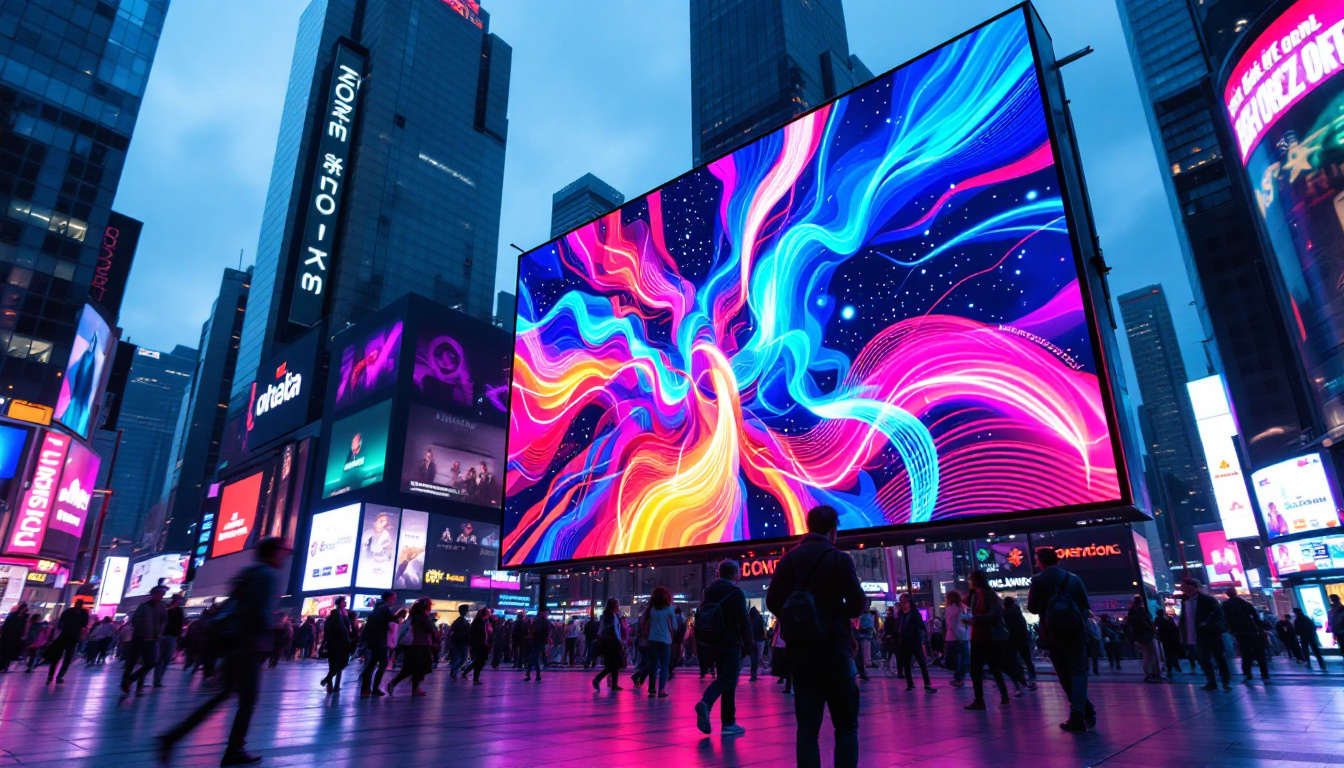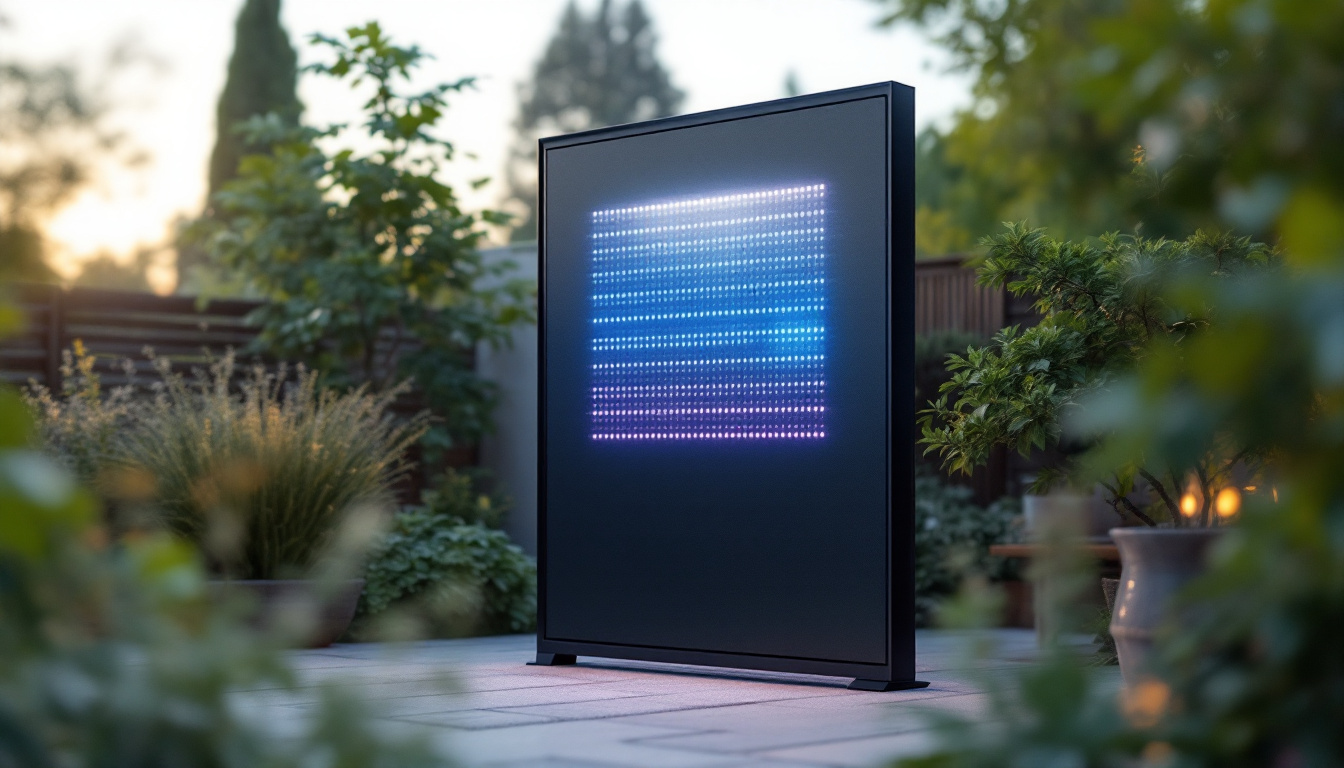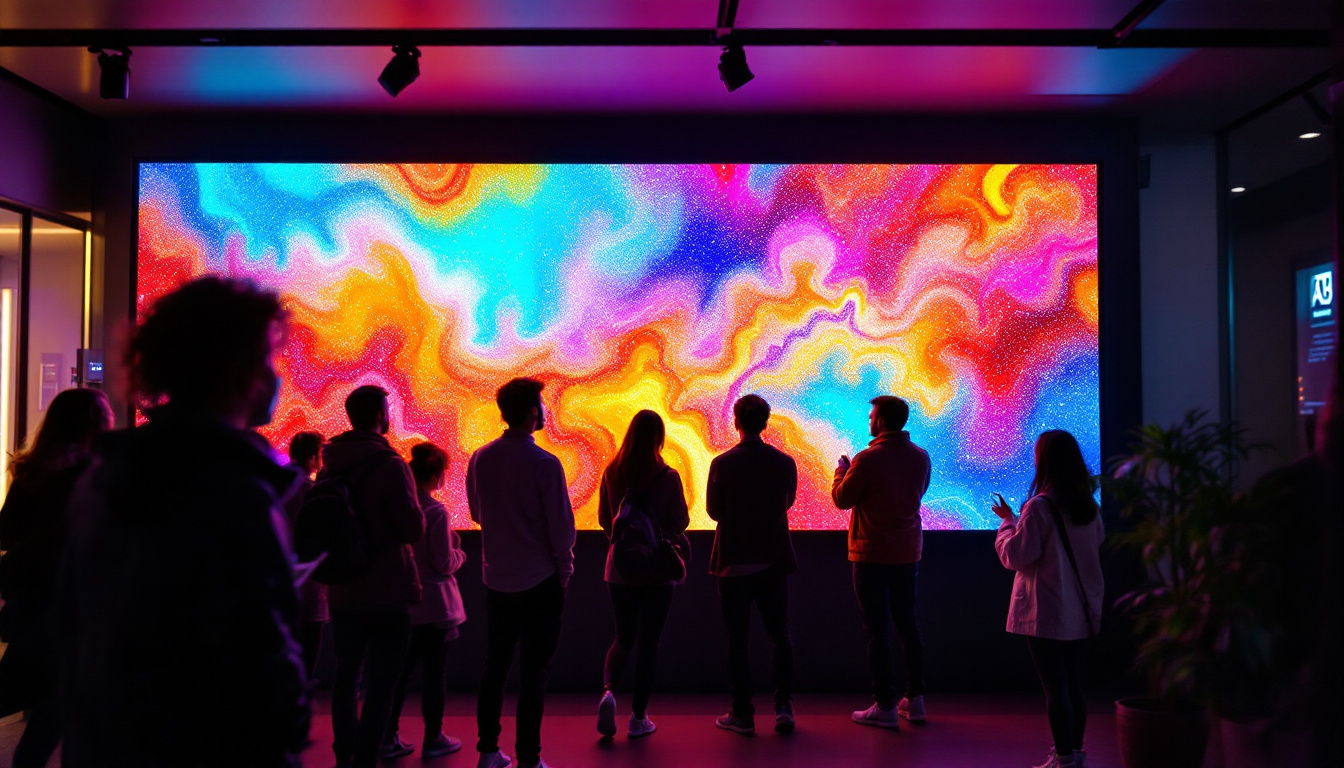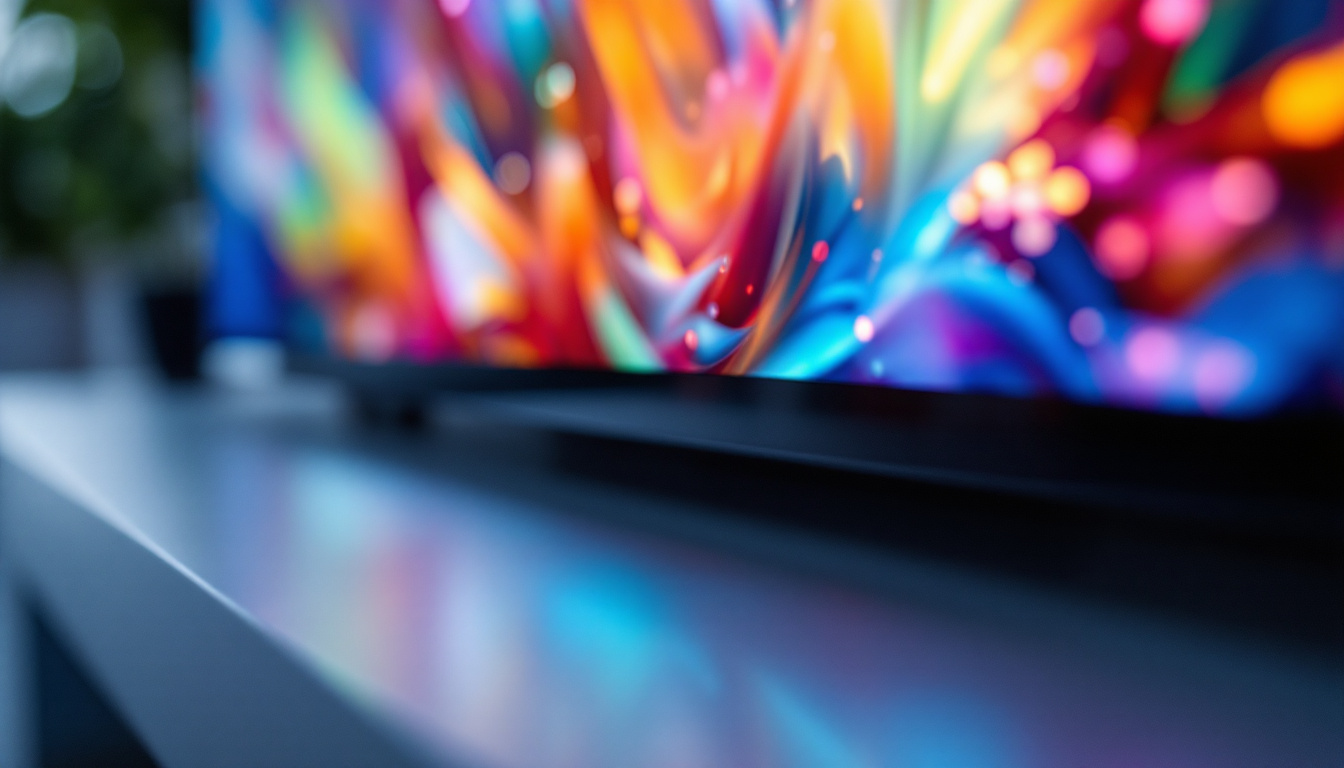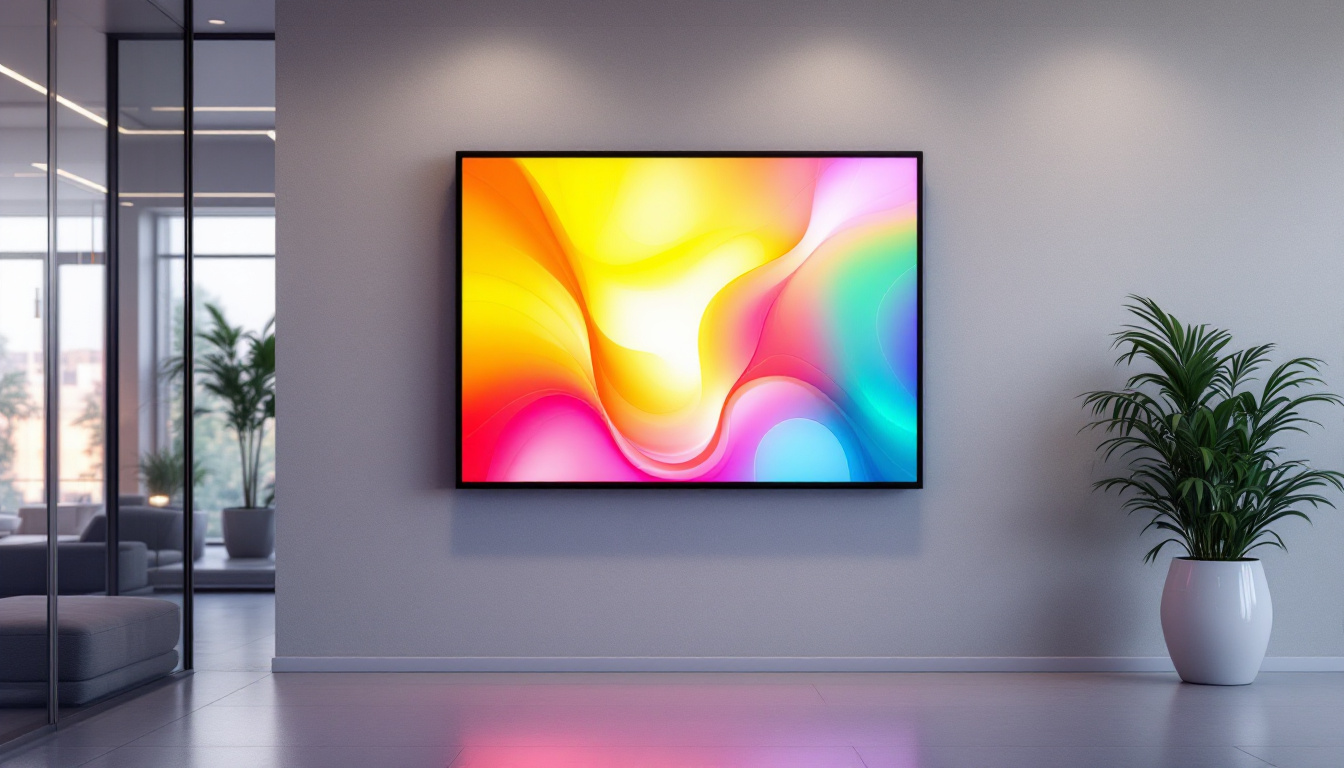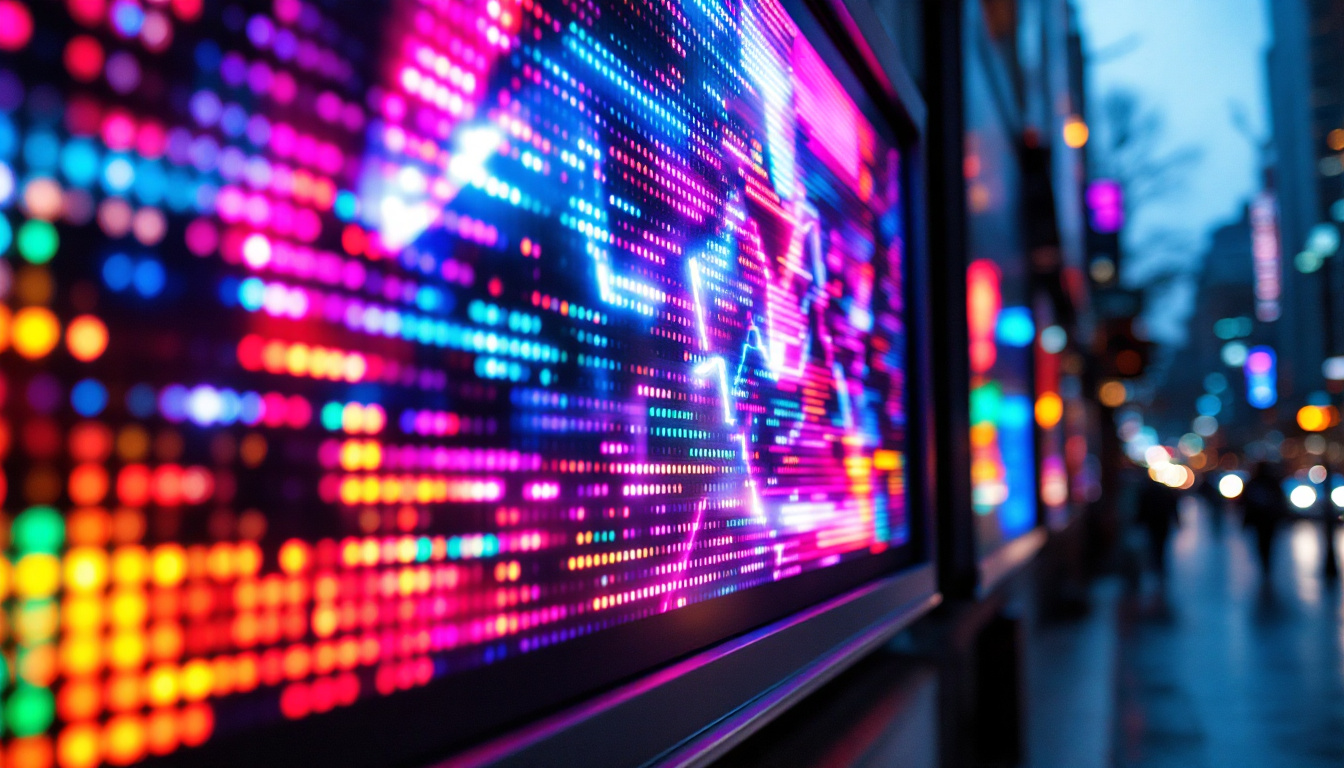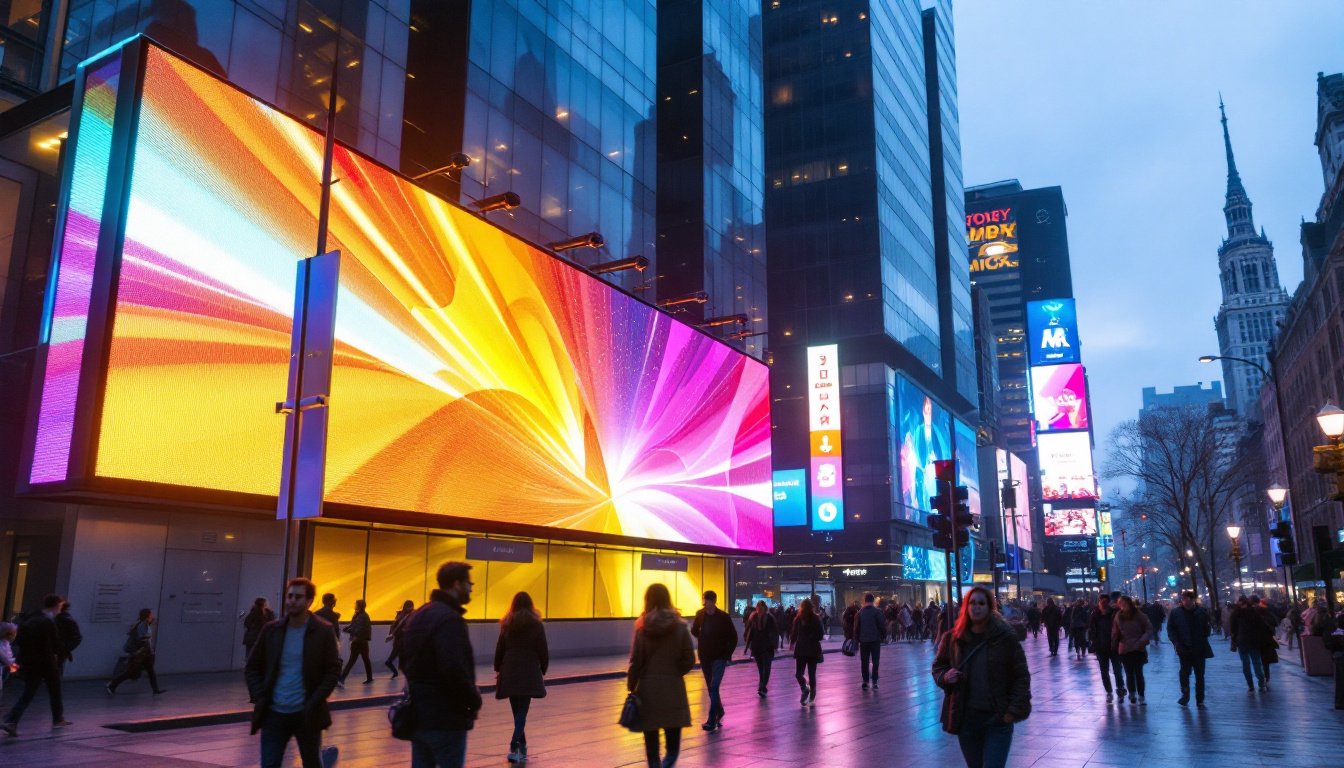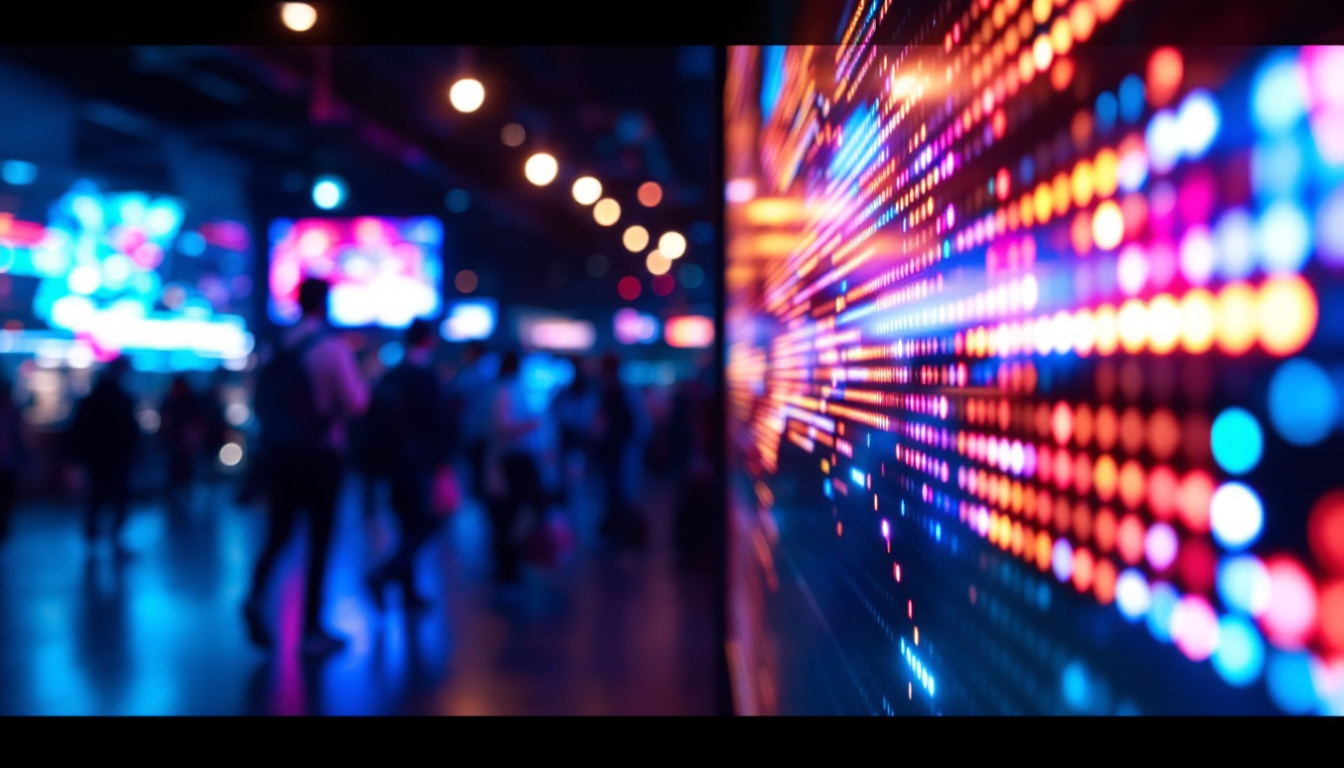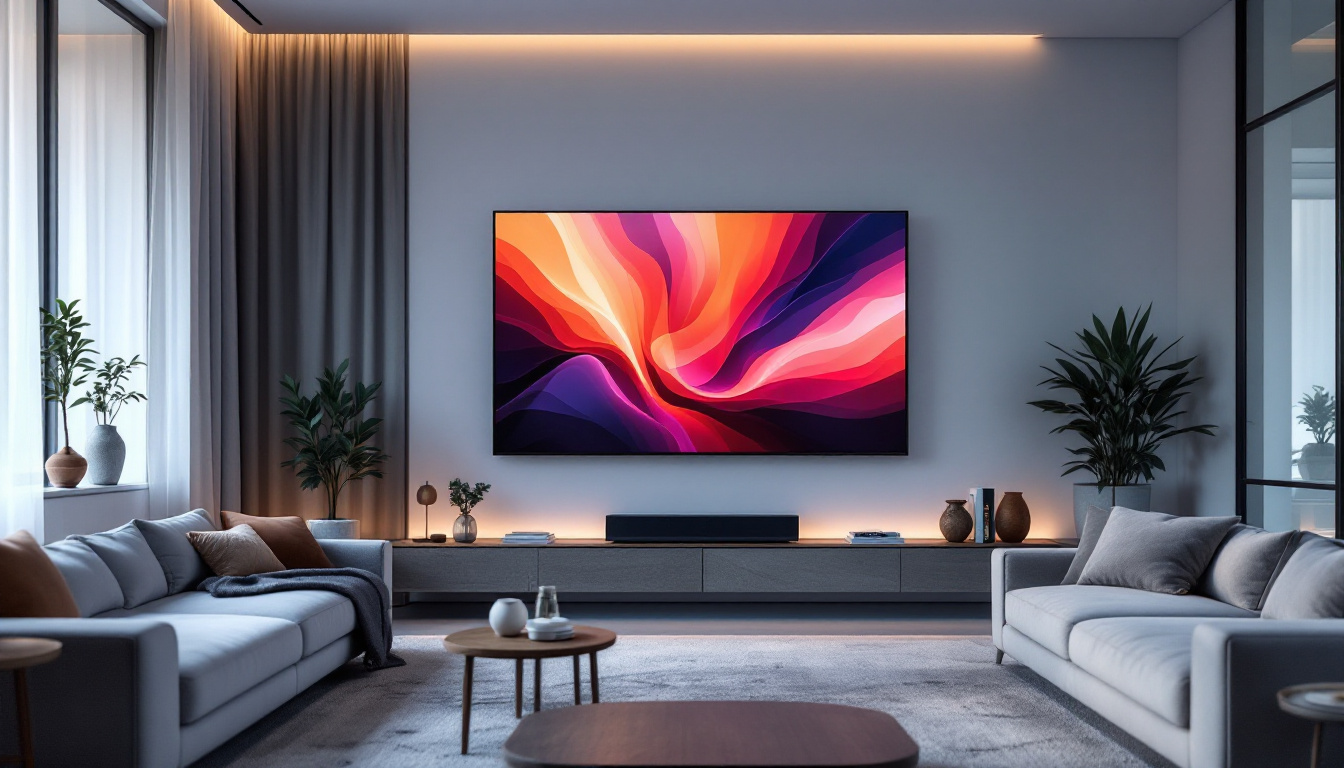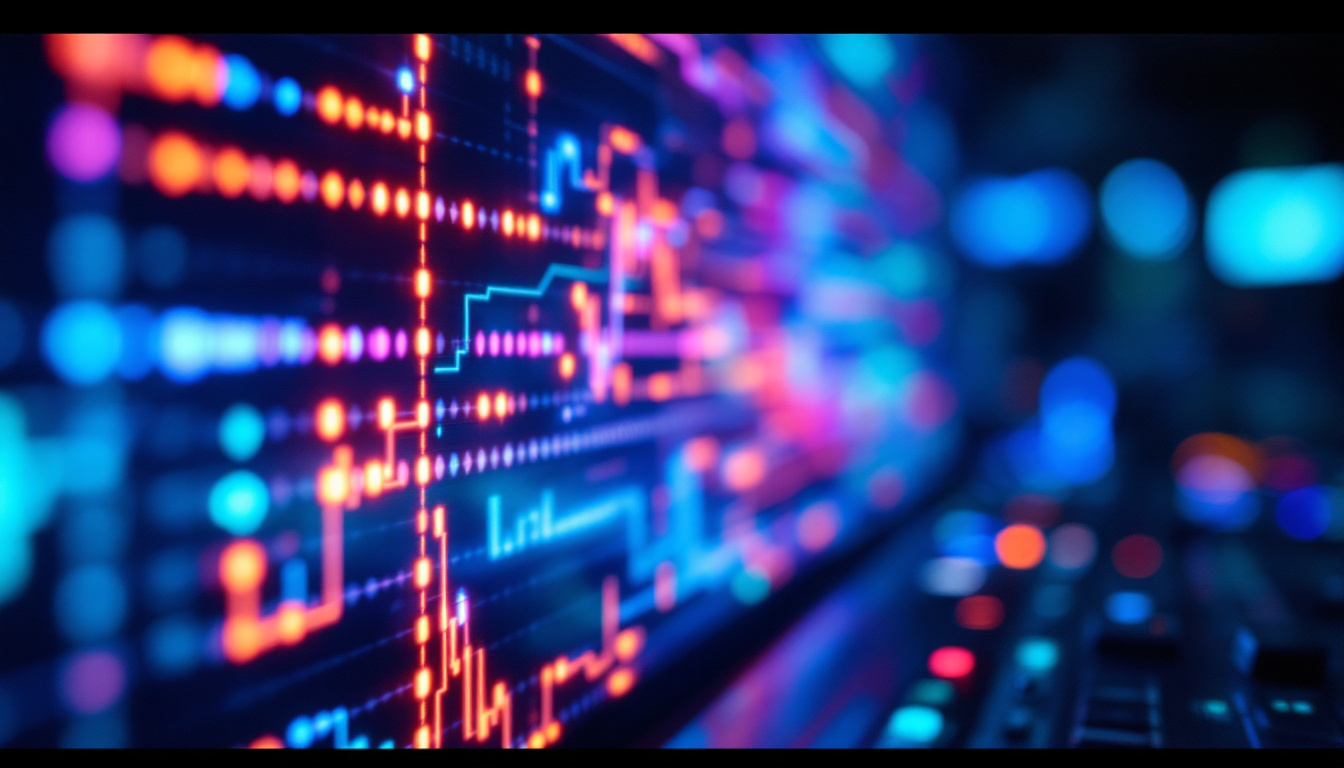In the ever-evolving world of technology, LED displays have emerged as a transformative medium for communication, advertising, and entertainment. Mgs Services LLC specializes in providing cutting-edge LED display solutions tailored to meet a variety of needs. This article delves into the intricacies of LED displays, their applications, and the advantages they offer.
Understanding LED Displays
LED, or Light Emitting Diode, displays are a type of flat panel display that utilizes LEDs as pixels for a video display. These displays are known for their brightness, energy efficiency, and long lifespan. Unlike traditional LCD displays, which rely on backlighting, LED displays emit their own light, resulting in vibrant colors and sharp images. This self-illuminating feature not only enhances the visual experience but also contributes to lower power consumption, making LED technology a more sustainable choice for modern display solutions.
How LED Displays Work
The fundamental principle behind LED displays is the use of semiconductor technology. When an electric current passes through a semiconductor material, it emits light. In an LED display, thousands of these tiny diodes are arranged in a grid, forming pixels that can change color and brightness independently. This allows for dynamic images and videos to be displayed with remarkable clarity. The rapid response time of LEDs also enables smooth transitions and motion graphics, which is particularly beneficial for video content and live broadcasts.
Each pixel in an LED display typically consists of red, green, and blue (RGB) diodes. By varying the intensity of each color, a wide spectrum of colors can be produced, enabling the display to render detailed images and videos. This RGB configuration is crucial for achieving the vibrant color reproduction that LED displays are known for. Furthermore, advancements in technology have led to the development of high dynamic range (HDR) displays, which can produce even more lifelike images by enhancing contrast and color accuracy.
Types of LED Displays
LED displays come in various forms, each designed for specific applications. The most common types include:
- Indoor LED Displays: These are designed for use in enclosed spaces such as shopping malls, conference rooms, and theaters. They typically have a higher pixel density, allowing for closer viewing distances. The ability to customize the size and shape of indoor displays makes them versatile for various event setups and advertising needs.
- Outdoor LED Displays: Built to withstand the elements, outdoor displays are larger and brighter, making them suitable for billboards and stadiums. They feature a lower pixel density, as they are viewed from greater distances. These displays often come with protective coatings to resist weather conditions, ensuring longevity and consistent performance in harsh environments.
- Transparent LED Displays: These innovative displays allow light to pass through, making them ideal for storefronts and exhibitions where visibility is crucial. They can create stunning visual effects without obstructing views, blending seamlessly into the architecture of a space while providing dynamic content that captures attention.
Additionally, there are specialized LED displays such as flexible LED screens, which can be bent and shaped to fit unique installations, and microLED technology, which offers even smaller pixel sizes for ultra-high-definition displays. These advancements continue to push the boundaries of what is possible with LED technology, making it a popular choice for both commercial and artistic applications. As the demand for high-quality visual experiences grows, LED displays are likely to evolve further, integrating smart technologies and interactive features that enhance user engagement.
Applications of LED Displays
The versatility of LED displays has led to their adoption across various sectors. From advertising to entertainment, the applications are vast and varied.
Advertising and Marketing
One of the most prominent uses of LED displays is in advertising. Businesses leverage these displays to capture attention with dynamic content that can be updated in real-time. Whether it’s a vibrant advertisement on a busy street or a promotional video in a retail store, LED displays provide an effective way to engage customers.
Moreover, the ability to display high-definition video and animations makes LED displays a preferred choice for marketers looking to create impactful campaigns. The flexibility of content management systems allows businesses to tailor their messages based on time, audience, and location, maximizing their advertising efforts.
Entertainment and Events
In the entertainment industry, LED displays have revolutionized the way audiences experience events. Concerts, sports games, and festivals often feature massive LED screens that enhance the visual experience. These displays can show live footage, graphics, and interactive content, creating an immersive environment for attendees.
Furthermore, LED displays are increasingly used in theaters and cinemas to create stunning visual effects that complement performances. The ability to synchronize lighting and video content allows for a seamless integration of technology and artistry.
Information and Wayfinding
LED displays are also utilized for informational purposes, such as in transportation hubs, corporate environments, and public spaces. digital signage can provide real-time updates on schedules, directions, and important announcements. This functionality is particularly beneficial in airports and train stations, where timely information is crucial for travelers.
In corporate settings, LED displays can serve as dynamic dashboards, showcasing key performance indicators or company news. This not only keeps employees informed but also fosters a sense of community within the workplace.
Advantages of LED Displays
LED displays offer numerous advantages that make them a preferred choice for various applications. Understanding these benefits can help businesses and organizations make informed decisions about their display needs.
Energy Efficiency
One of the standout features of LED technology is its energy efficiency. LED displays consume significantly less power compared to traditional display technologies, such as LCD or plasma. This not only reduces operational costs but also contributes to a lower carbon footprint, making LED displays an environmentally friendly option.
Additionally, many LED displays come equipped with energy-saving features, such as automatic brightness adjustment based on ambient light conditions. This ensures optimal performance while minimizing energy consumption.
Longevity and Durability
LED displays are built to last. With a lifespan of up to 100,000 hours, they outlast many other display technologies. This durability is particularly advantageous in outdoor settings, where displays are exposed to harsh weather conditions. The robust construction of LED displays minimizes the risk of damage and reduces maintenance costs over time.
Moreover, LED technology is less prone to burn-in effects, a common issue with older display technologies. This means that LED displays maintain their visual quality and performance over an extended period, ensuring a consistent viewing experience.
High Brightness and Contrast
LED displays are known for their exceptional brightness levels, making them suitable for both indoor and outdoor use. The high brightness ensures visibility even in direct sunlight, which is essential for outdoor advertising and events.
In addition to brightness, LED displays offer excellent contrast ratios, allowing for deep blacks and vibrant colors. This capability enhances the overall viewing experience, making images and videos more striking and engaging.
Challenges and Considerations
While LED displays offer numerous benefits, there are also challenges and considerations to keep in mind when implementing this technology.
Initial Investment
One of the primary challenges associated with LED displays is the initial investment cost. High-quality LED displays can be more expensive than traditional display options, which may deter some businesses from making the switch. However, it is essential to consider the long-term savings in energy costs and maintenance when evaluating the overall value of LED displays.
Furthermore, advancements in technology are continually driving down prices, making LED displays more accessible to a broader range of businesses and organizations.
Technical Expertise
Implementing LED display solutions may require a certain level of technical expertise. Businesses may need to invest in training for staff or hire specialists to manage the installation and maintenance of these systems. Ensuring that the right technical support is in place is crucial for maximizing the benefits of LED displays.
Content Management
Effective content management is vital for the success of LED displays. Businesses must develop a strategy for creating and updating content regularly to keep their audience engaged. This may involve utilizing content management systems that allow for easy scheduling and customization of displays.
Investing in high-quality content creation is also essential. Engaging visuals and messages can significantly enhance the impact of LED displays, making it worthwhile to allocate resources for professional content development.
The Future of LED Displays
The future of LED displays looks promising, with continuous advancements in technology paving the way for innovative applications. As the demand for dynamic and engaging content grows, LED displays are likely to become even more prevalent across various sectors.
Emerging Technologies
Emerging technologies, such as flexible LED displays and interactive screens, are set to revolutionize the way LED displays are used. Flexible displays can be shaped to fit unique environments, allowing for creative installations that were previously unimaginable. This opens up new possibilities for advertising, art, and design.
Interactive LED displays, on the other hand, enable user engagement through touch or motion. This interactivity can enhance customer experiences in retail environments, museums, and public spaces, making the content more memorable and impactful.
Integration with Smart Technologies
As the world becomes increasingly connected, the integration of LED displays with smart technologies is inevitable. Smart LED displays can be synchronized with IoT devices, allowing for real-time data updates and personalized content delivery. This integration can enhance the effectiveness of advertising campaigns and improve operational efficiency in various settings.
Moreover, advancements in artificial intelligence may enable LED displays to analyze audience behavior and preferences, tailoring content to maximize engagement and conversion rates.
Conclusion
LED displays represent a significant advancement in display technology, offering unparalleled brightness, energy efficiency, and versatility. Mgs Services LLC is at the forefront of this innovation, providing businesses with tailored LED display solutions that meet their unique needs.
As the applications of LED displays continue to expand, understanding their benefits and challenges is essential for organizations looking to leverage this technology. By investing in high-quality LED displays and effective content management strategies, businesses can enhance their communication efforts and engage their audiences like never before.
In a world where visual communication is paramount, LED displays stand out as a powerful tool for driving engagement and delivering impactful messages. The future of LED technology is bright, and its potential is limited only by the imagination of those who utilize it.
Discover LumenMatrix’s Innovative LED Solutions
Ready to elevate your visual communication strategy with the latest in LED technology? Explore LumenMatrix’s comprehensive range of LED display modules, designed to captivate and engage your audience. From vibrant Indoor and Outdoor LED Wall Displays to dynamic Vehicle and Sports LED Displays, each solution is crafted to deliver maximum impact. Experience the future of digital signage with our Custom, All-in-One, and Transparent LED Displays. Check out LumenMatrix LED Display Solutions today and transform your brand’s visibility with unparalleled clarity and innovation.

